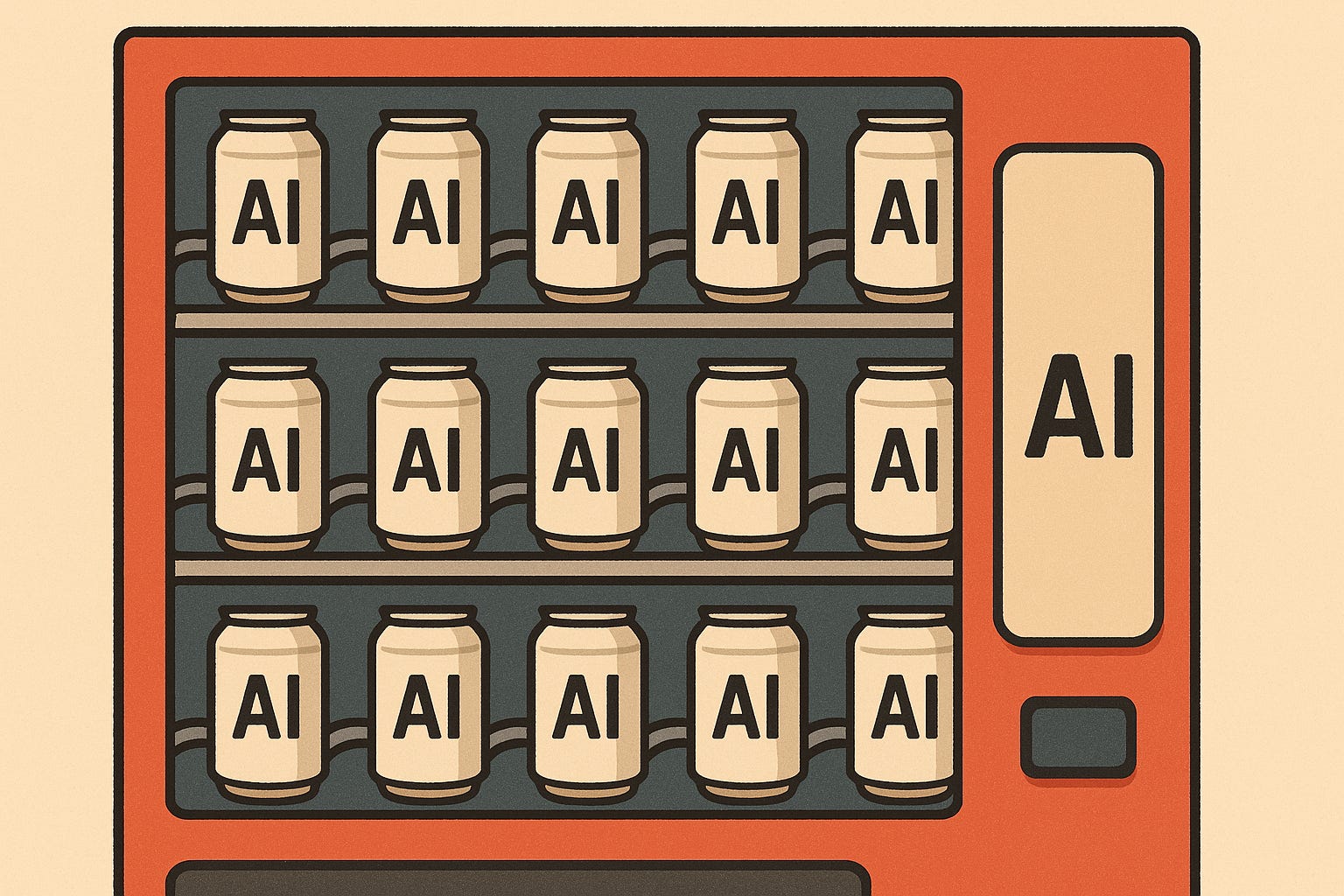machina.mondays // Hey Siri, "What’s the Point?"
You think you're cool using ChatGPT, but has it told you its end game?
In this Issue: We examine the widening gulf between AI ambition and public trust—where consumers are no longer awed, but alienated. From the glossy promises of “smart” devices to subscription-locked assistants no one asked for, this issue explores how the AI future is being built without a compelling “why.” With insights from Pew, Fortune, and OrgVue, we unpack a growing backlash rooted not in fear, but in rational doubt. Is AI becoming another 3D TV moment—impressive tech that misunderstands the user? And if so, who is this future really for?
A Subscription to Nowhere: The AI We Didn’t Order
In the race to define the AI future, someone’s been left behind: the public.
For tech insiders, AI feels like destiny—a high-speed train already in motion. Engineers, executives, and evangelists tout breakthroughs …
Keep reading with a 7-day free trial
Subscribe to Creative Machinas to keep reading this post and get 7 days of free access to the full post archives.




